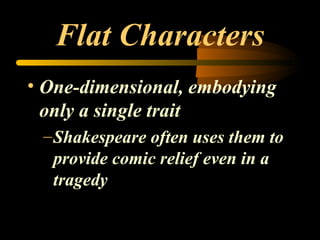William Shakespeare was a 16th century English playwright and poet considered one of the greatest writers in the English language. He wrote 37 plays and 154 sonnets over the course of his career. Some of his most famous works include comedies, histories, and tragedies such as Romeo and Juliet. Romeo and Juliet is considered one of Shakespeare's greatest tragedies, telling the story of two young lovers from feuding families in Verona whose love ends in tragedy. It was first written in the 1590s and has inspired many modern adaptations including the famous film West Side Story.







































